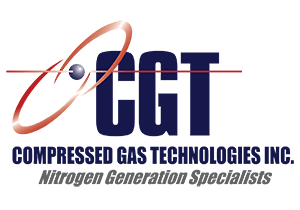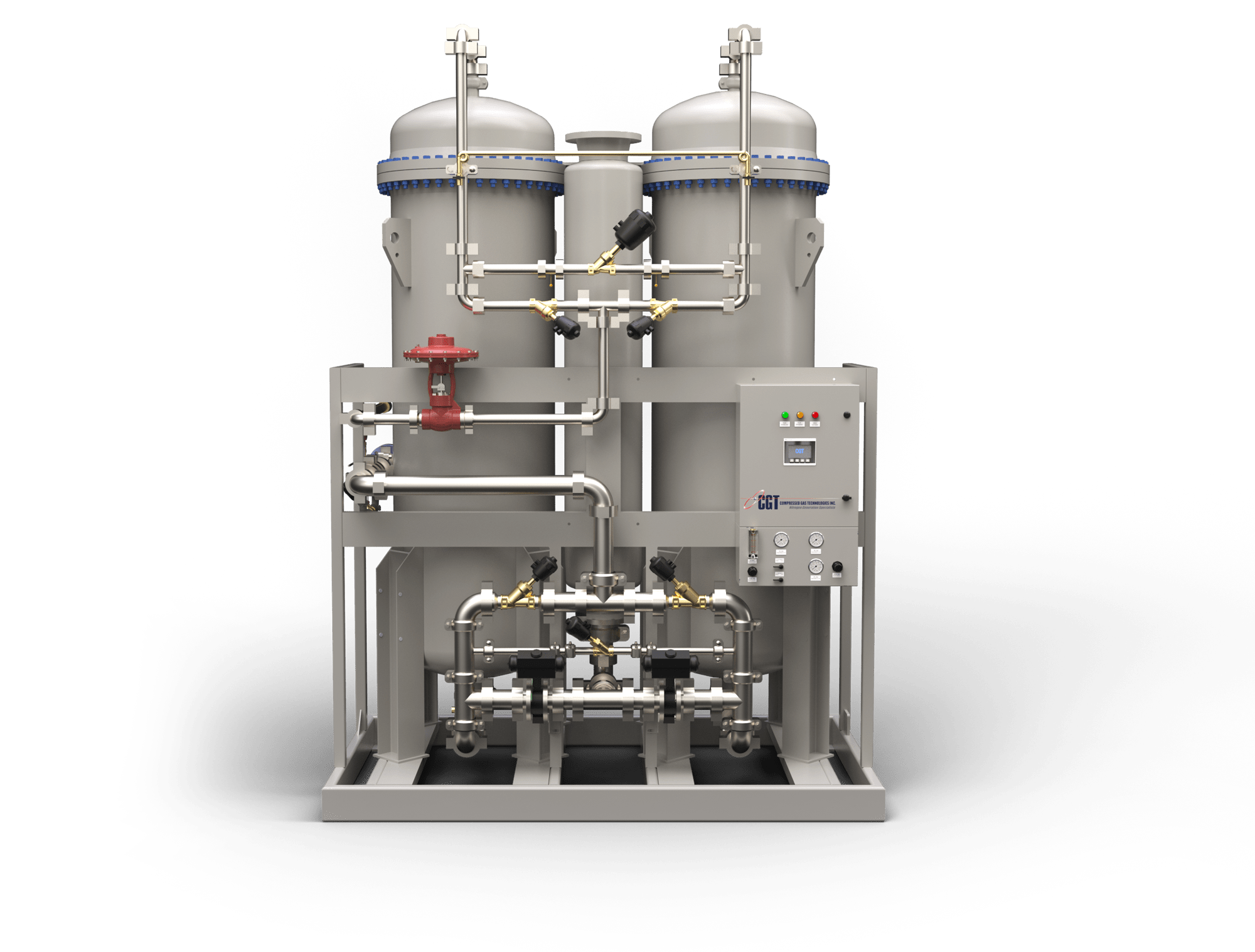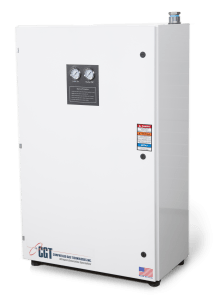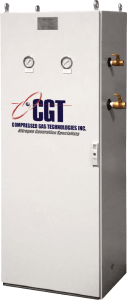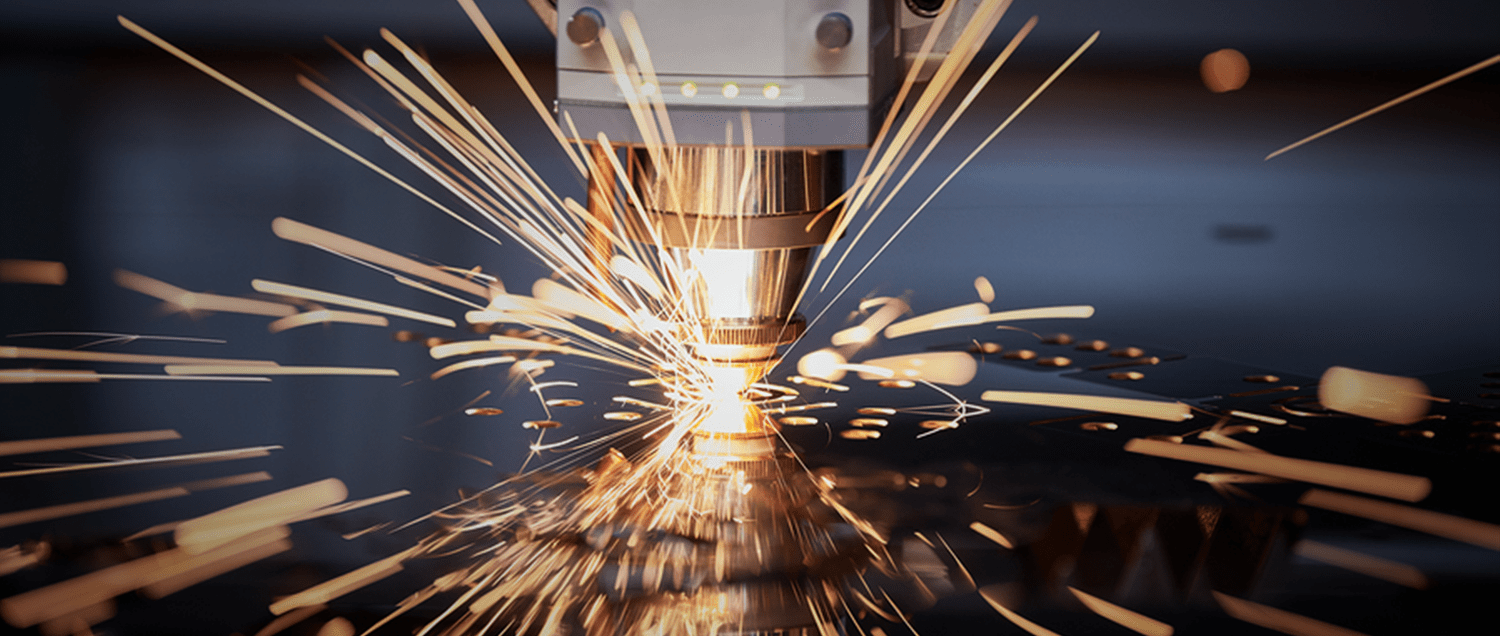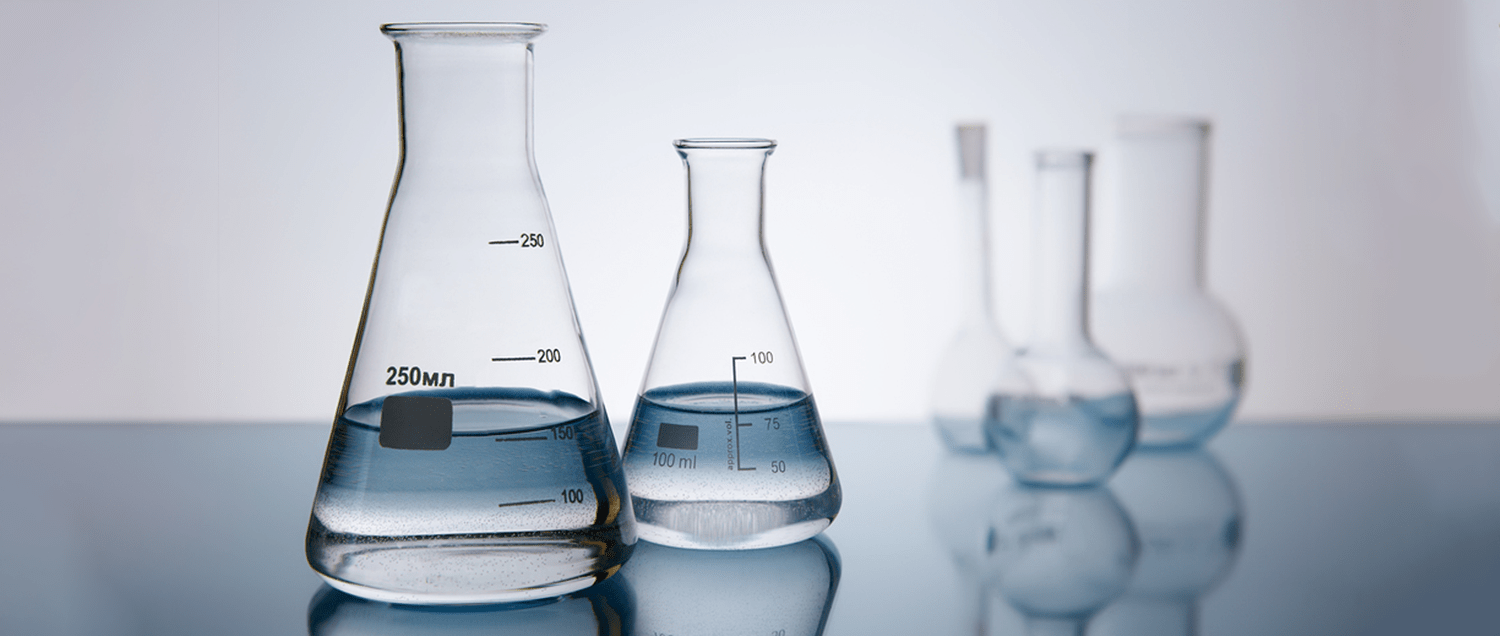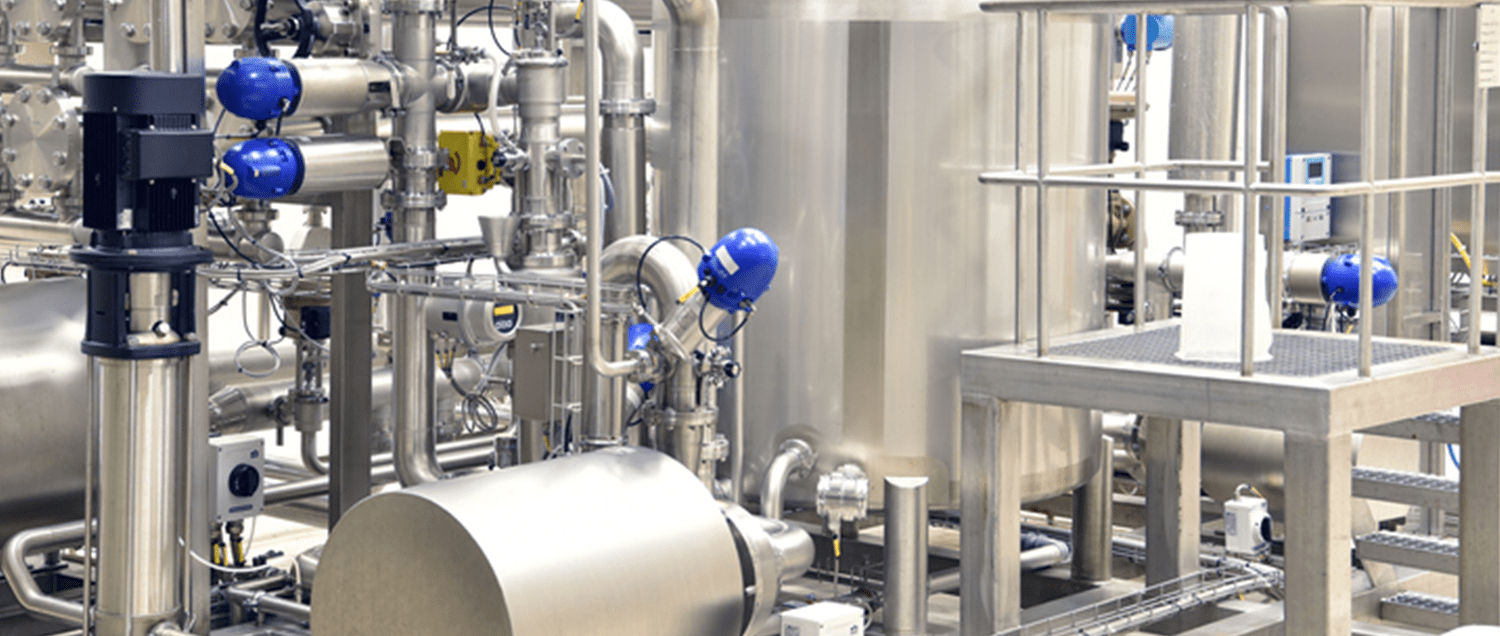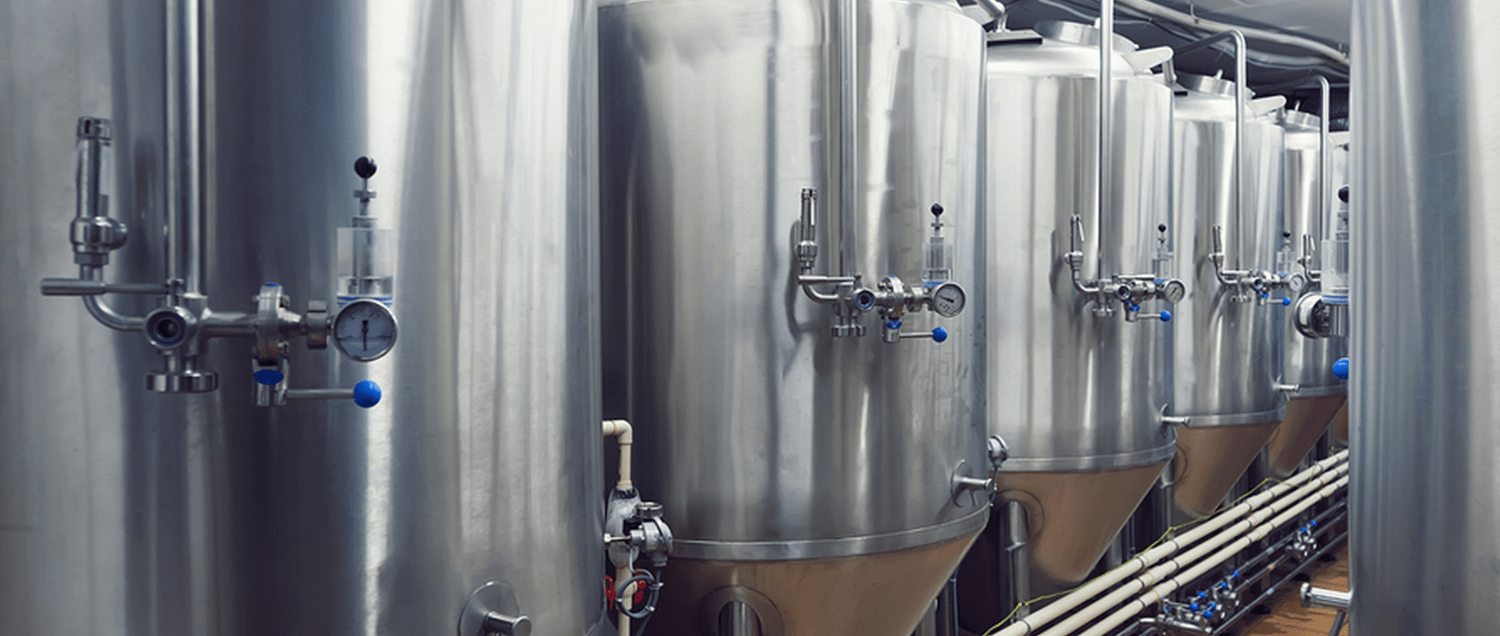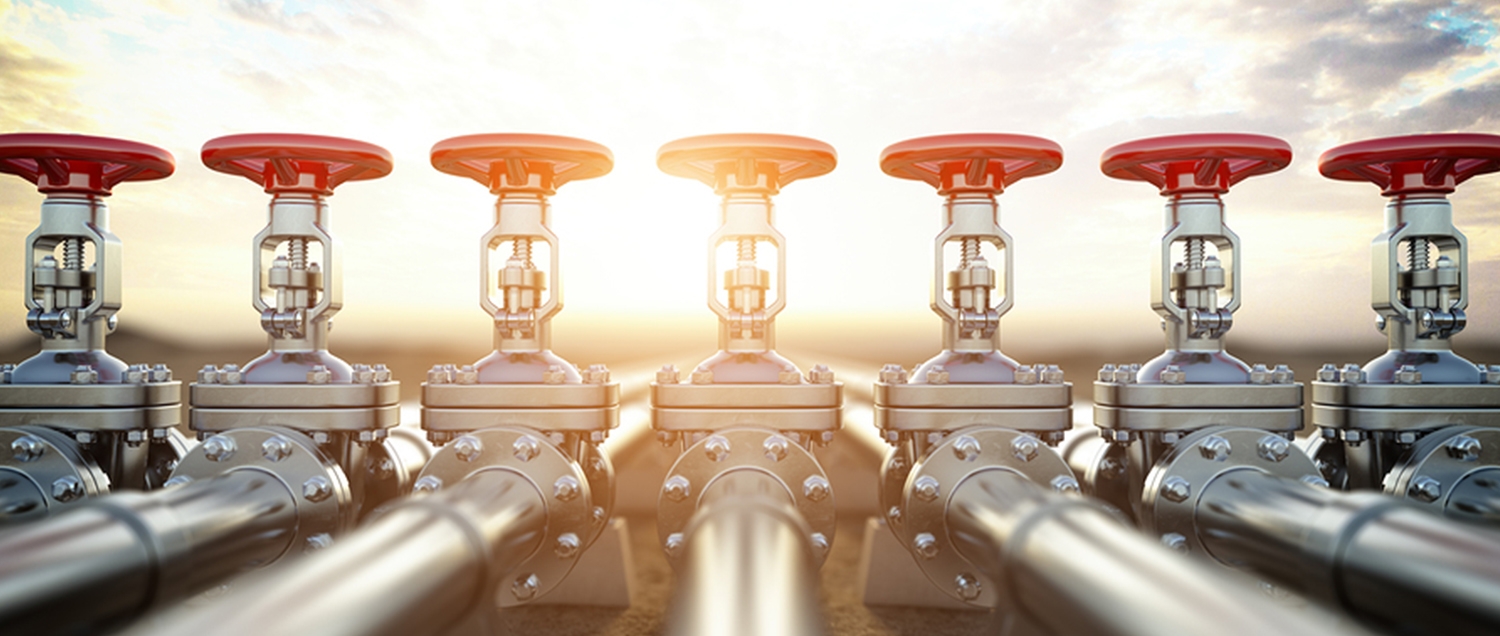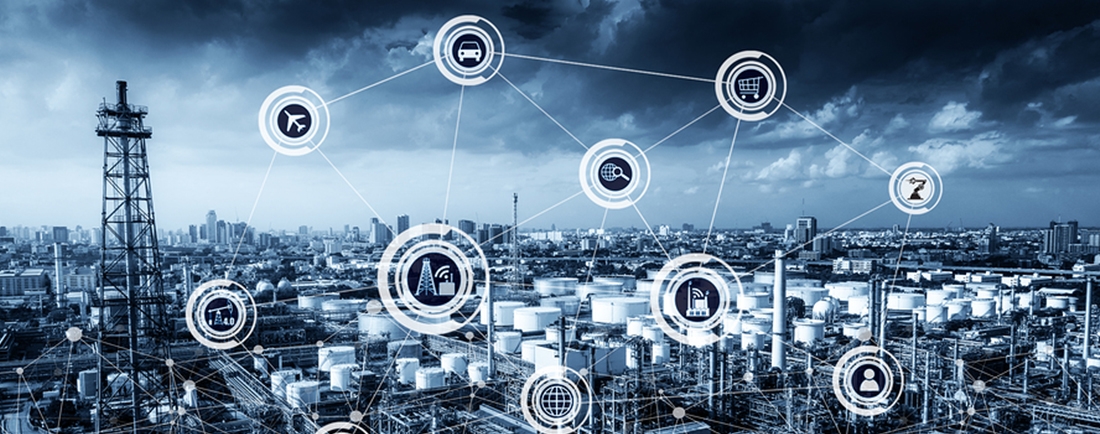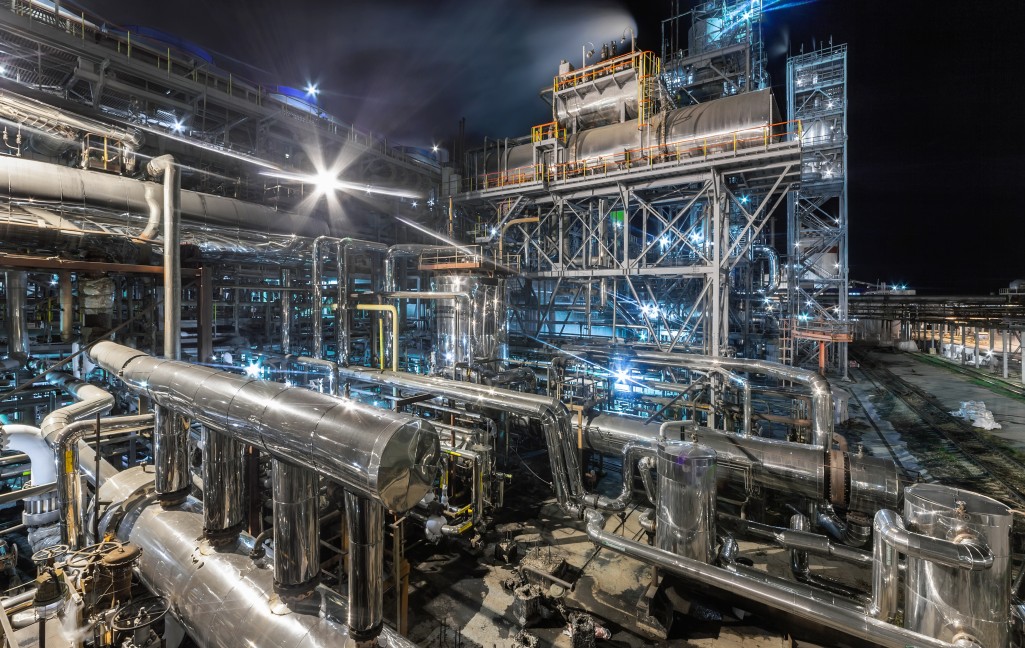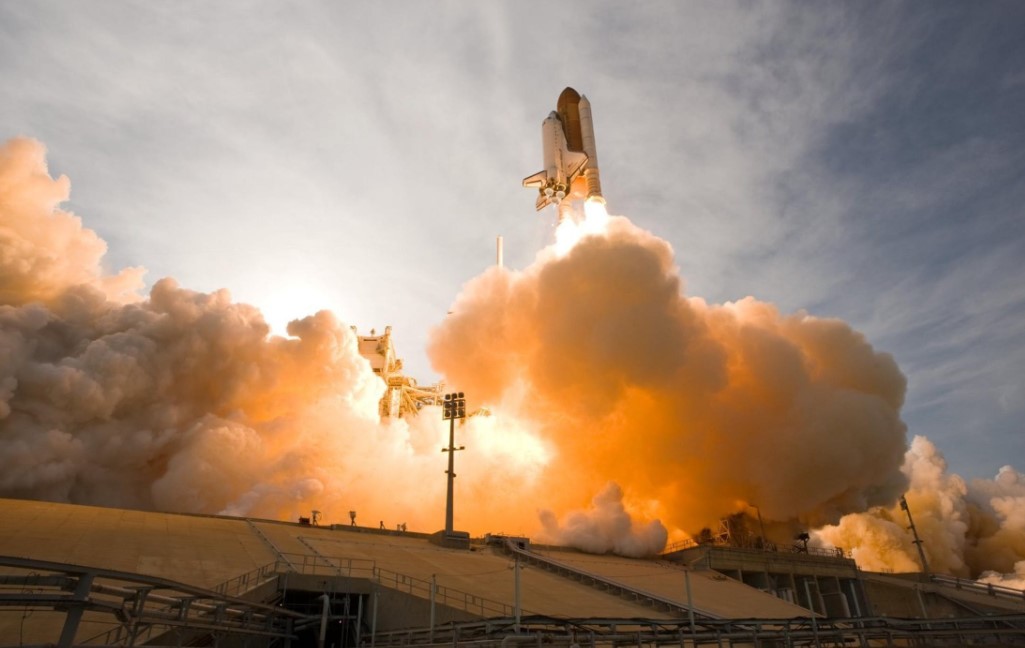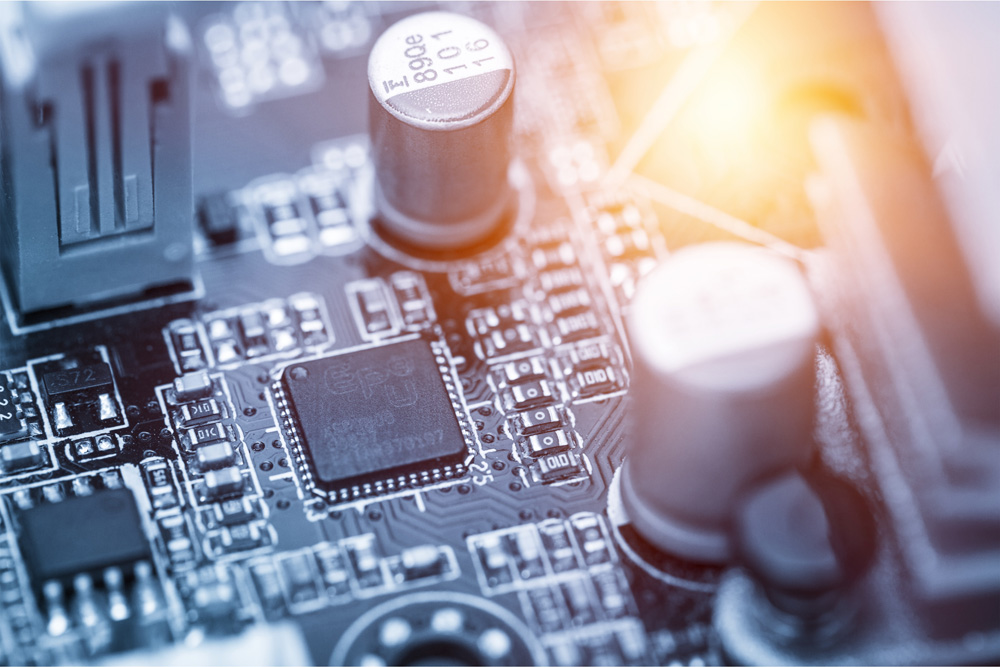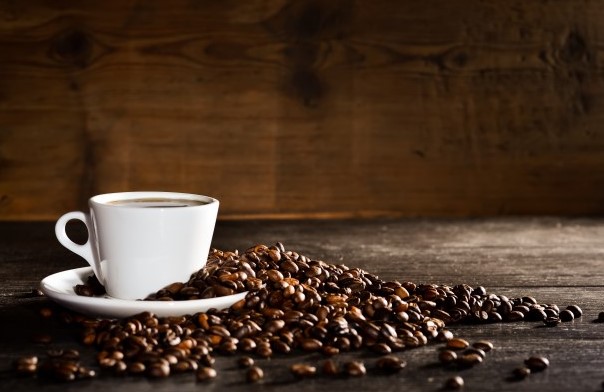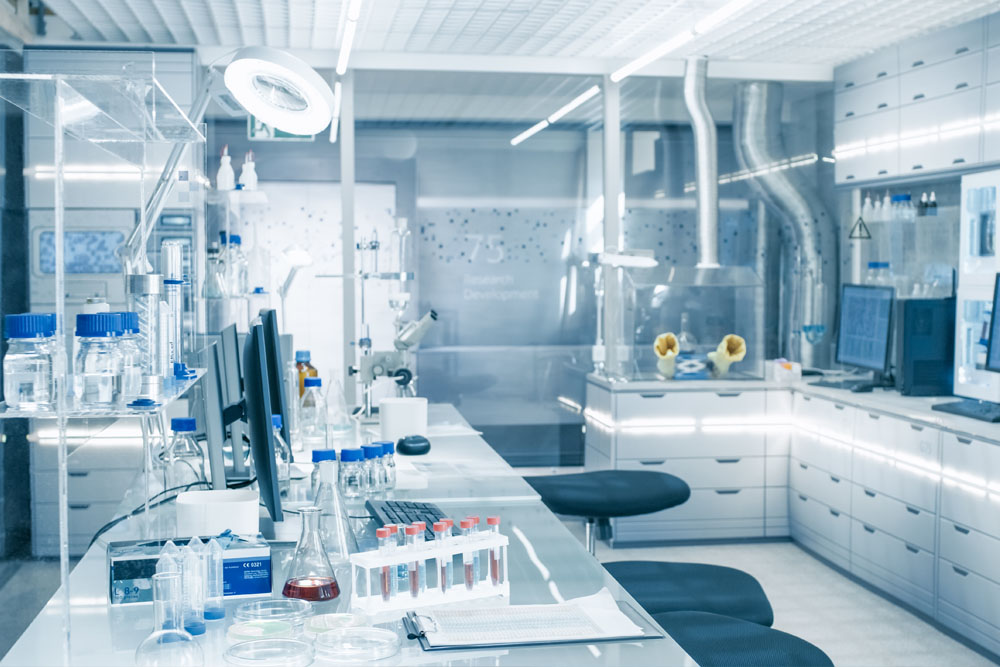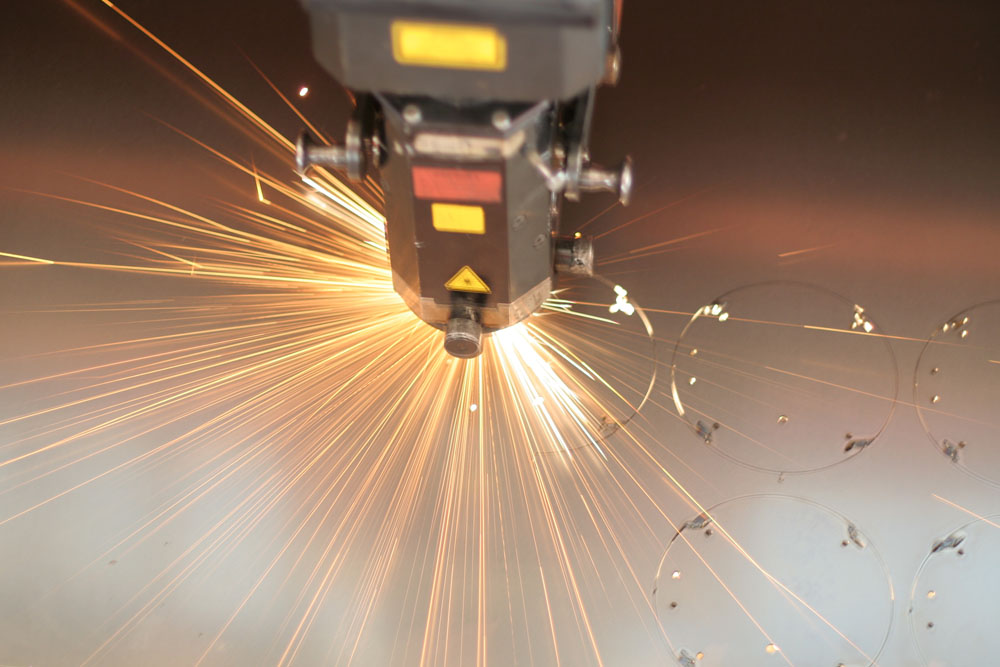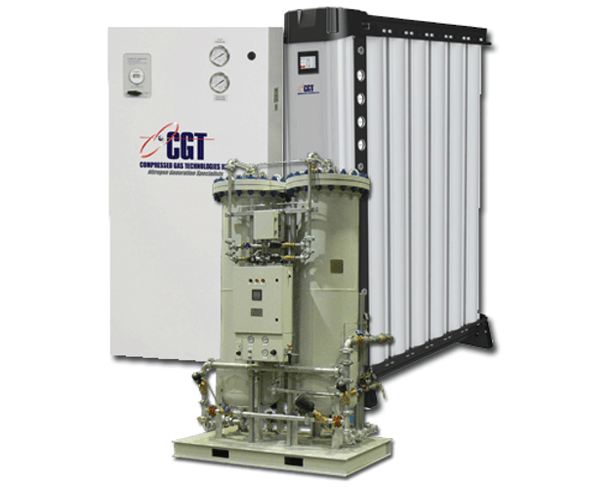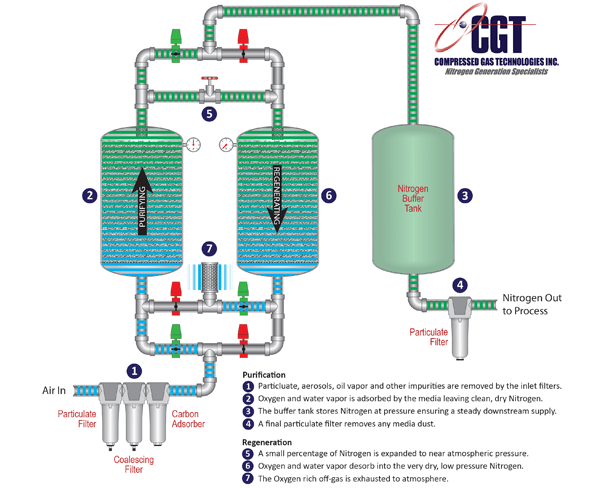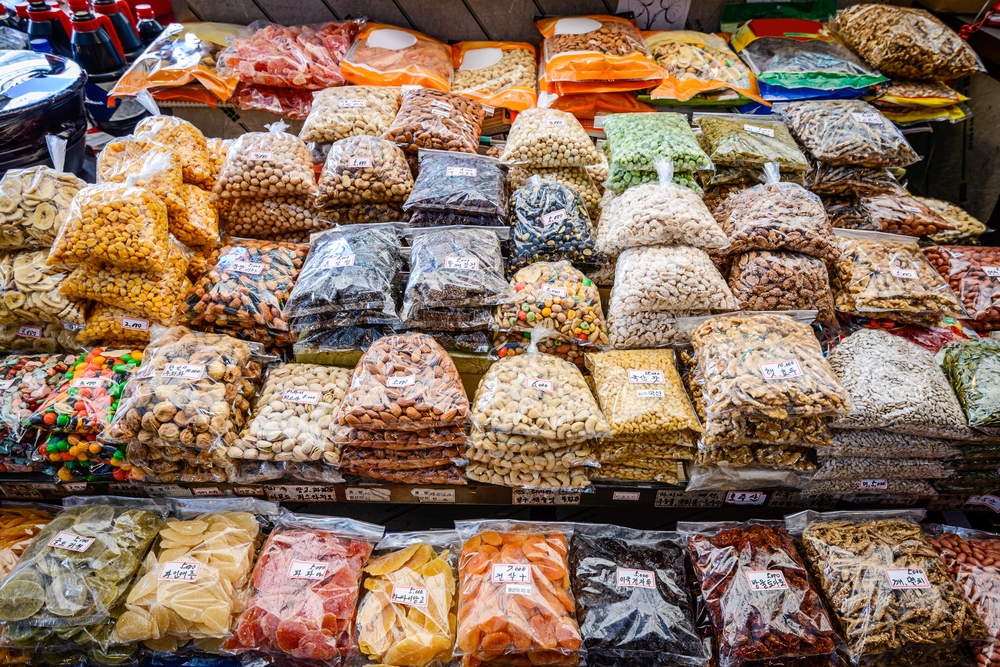Fireworks – A 4th of July Favourite
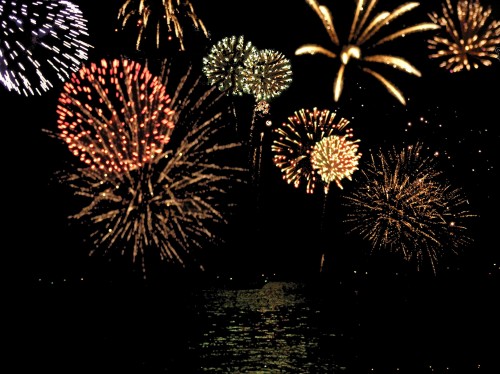
Adults love them, dogs hate them, and kids can go either way. The hiss, boom and multi-hued light show shower of Fourth of July fireworks has been revered, or feared, since the very first days of the republic.
Congress first authorized the traditional display of fireworks as a part of the yearly celebration in 1777. According to the American Pyrotechnics Association (their meetings must be a blast – sorry) the tradition of shooting gunpowder filled balls into the sky has only grown since with some 14,000 displays around the U.S. each Independence day.
Unfortunately the practice isn’t without danger. Every year local news programs tells stories of backyard fireworks displays gone awry and dozens of factory incidents have given birth to a host of safety procedures at facilities charged with manufacturing pyrotechnics.
For many companies who manufacture combustibles, fire is a premier concern. There are several techniques to reduce the potential of fire. A fire needs three things to survive – fuel, ignition and oxygen. If you manufacture a combustible product, then you must focus on eliminating the source of ignition or, when possible, reducing the oxygen in the atmosphere. The residual oxygen content in the atmosphere may not need to be extremely low. For example, gasoline will not ignite if the atmosphere around it contains less than 11% oxygen.
Removing O2 is most typically accomplished by replacing the ambient air with a non-reactive gas like nitrogen. A tank containing a combustible liquid can be made more safe by applying a low pressure of clean nitrogen into the headspace, reducing the overall oxygen content.
A membrane nitrogen generator can be the perfect complement to any fire reduction plan. The system does not need electricity so is easy to use in Class I Div II locations. The purity needed for fire reduction is easily produced for many years from this type of generator.
Of course, when it comes to something as important as keeping workers safe, it is critical to rely on an expert to help engineer a suitable nitrogen generator. That’s where Compressed Gas Technologies come in. With more than a dozen years of experience designing both membrane and PSA style nitrogen generators, CGT has the experience needed to suggest the correct system.
Lighting exploding materials on fire is inherently dangerous. But according to the APA, incidents of fires caused pyrotechnics has been drastically reduced over the last 20 years. To help keep your family safe this Fourth of July, the APA makes these recommendations:
- Store fireworks in a cool, dry place
- Always read and follow the directions on the label
- Always have an adult present when handling fireworks
- Never give fireworks to young children, even sparklers!
- Use fireworks outdoors in a safe, non-wooden area
- Having a working garden hose or bucket of water handy
- Keep everyone a safe distance away from fireworks
- Light only one firework at a time
- Never re-ignite a firework that doesn’t light the first time or one that has finished its display
- Never carry fireworks in your pocket
- Don’t throw fireworks at another person
- Keep pets indoors and away from fireworks
- Never shoot fireworks in metal or glass containers
- Keep spectators at a safe distance
- Always wear safety glasses when igniting fireworks
